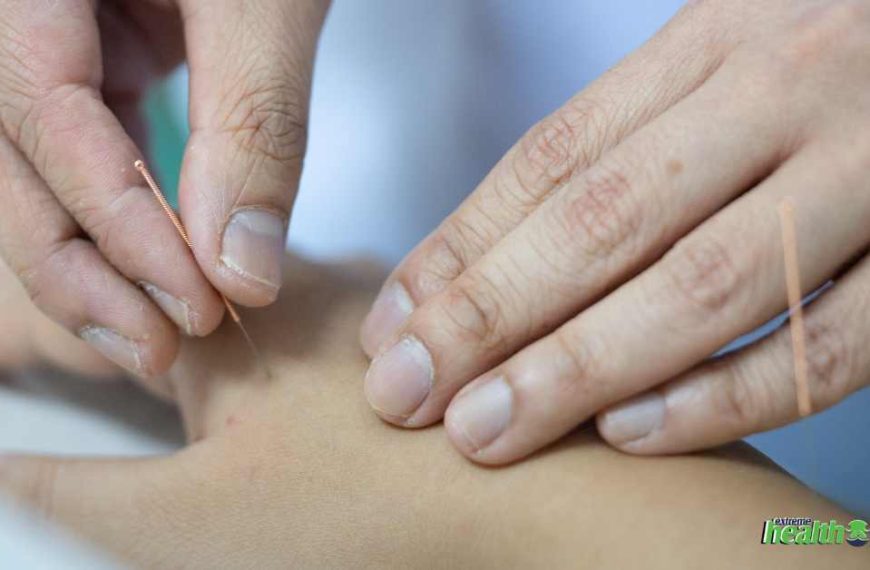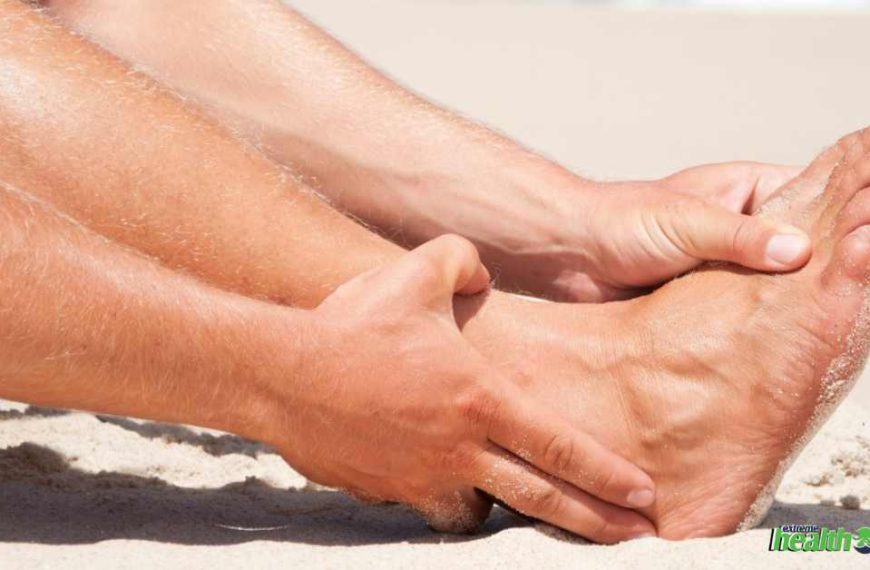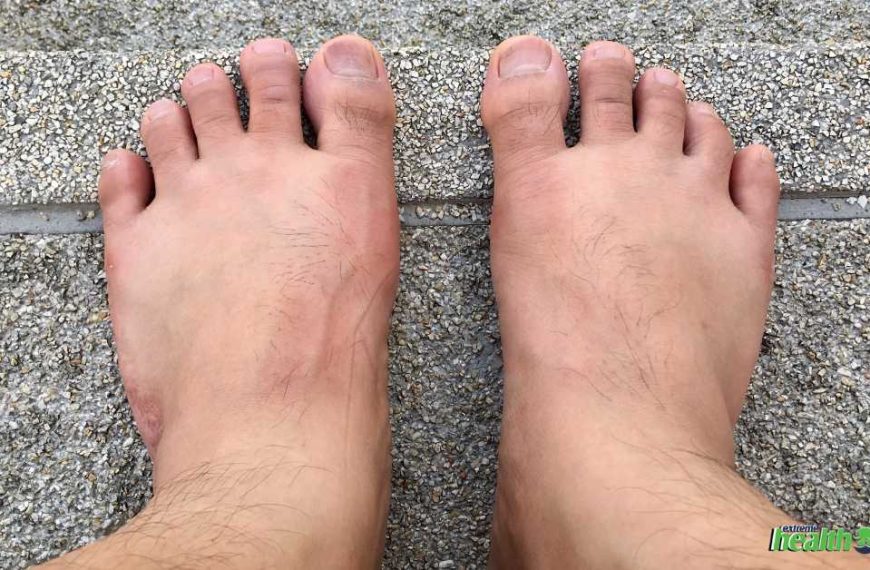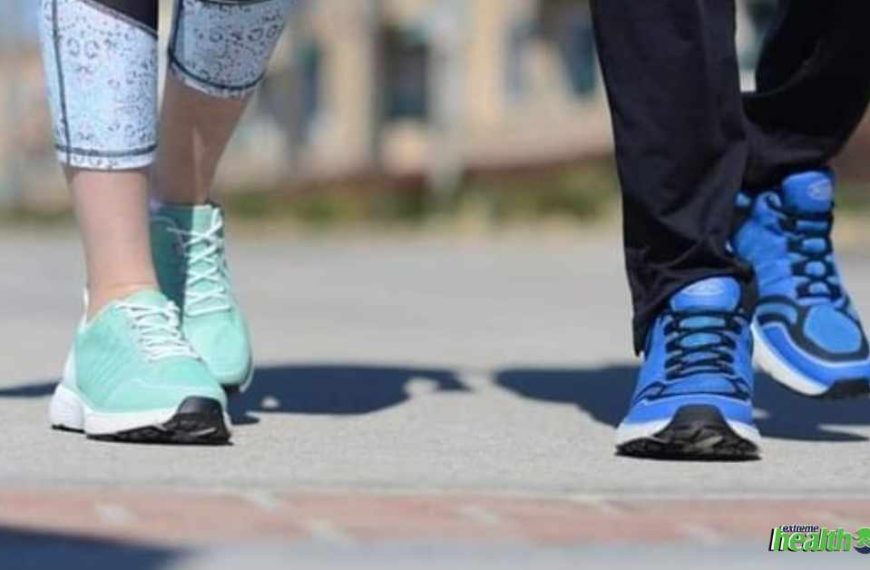Last Updated on May, 2024
Are you experiencing tingling in your toes?
At some point in our lives, we all would have experienced the unsettling tingling sensation. Often when you sit in the same position for too long or unintentionally apply pressure on your legs, like when sitting down with your legs crossed.
Your body weight gets concentrated on your feet, which puts pressure on your nerves, causing the tingling feeling in your toes, sometimes with numbness and pain. This is a common concern and is usually harmless. The feeling fades away when the pressure is removed, and you start to move.
However, suppose the feeling is lasting and recurrent for no apparent reason that you can think of apart from applying pressure. In that case, this can be a sign of an underlying condition that needs medical tending to resolve the feeling.
This article outlines some important topics like causes, diagnosis, and treatments to help you understand why you may be experiencing tingling in your toes.
Quick Summary
Tingling is an odd sensation usually felt in the arms, hands, feet, or legs, which is medically known as Paresthesia.
Tingling is a common symptom of many medical conditions and can be caused by various factors, such as sitting in the same position for a long time or an injury.
Tingling can indicate a life-threatening condition and should be addressed by seeking medical attention if accompanied by other symptoms such as weakness, numbness, severe headaches, or paralysis.
Quick Navigation
- What is Tingling?
- Understanding the Tingling Feeling
- Tingling Toes: It Could Be Neuropathy
- Causes of Tingling Toes
- Common Causes
- Disease/ Disorder or Condition-Related Causes
- Life Threatening Causes
- Diagnosing the Reason Behind Tingling in Toes
- Managing, Treating, And Preventing Tingling Toes
- Lifestyle Changes
- Medications and Medical Procedures
- Seek Medical Advice When
- Frequently Asked Questions
- Why Won’t My Toes Stop Tingling?
- Will Tingling in My Toes Go Away?
- What Relieves Neuropathy Tingling?
- Summary
- Was this article helpful?
What is Tingling?

Tingling is an odd or weird sensation usually felt in the arms, hands, feet, or legs. But it can happen in other parts of the body too. In medical terms, this sensation is known as Paresthesia. Various layman’s terms, including tingling, pins and needles, prickling, skin crawling, and burning, describe Paresthesia based on how this sensation makes one feel.
Tingling is a common symptom of many medical conditions. This sensation is usually painless and uncomfortable but can be painful based on the root cause.
A tingling sensation often indicates a problem in the body’s peripheral nerves. This problem in the nerves could be a temporary and benign or lasting and chronic disruption to the nerve signal pathway that results in the release of extra signals than required.
A typical instance where almost all of us would have experienced tingling is when we sit cross-legged for too long or fall asleep on the sides with our arm underneath, taking up all the body weight.
These positions tend to apply sustained pressure on a nerve, causing the nerve communication pathway to get disrupted. And this results in the expression of tingling feeling.
Understanding the Tingling Feeling

The best metaphor to understand the tingling feeling better is to think of it as a traffic jam in the nervous system. During smooth traffic, just like vehicles move along without any disturbances, tiny electrical impulses move through the nerves running from the spine to the hands and legs (peripheral nerves).
These impulses then move up along the spinal cord to reach the brain. And the brain processes the signals to interpret the appropriate feeling.
Amidst the smoothly running traffic, if a motor vehicle accident occurs, it causes a roadblock that prevents the vehicles from moving along. Similarly, when sustained pressure is applied to a nerve, it acts as a pathway obstacle.
It prevents the normal transmission of electrical impulses throughout the nervous system that would otherwise result in a normal feeling. This blockade leads to a loss of feeling or numbness and gives rise to signals where three should be none. This is when the tingling feeling or Paresthesia sets in.
A nerve compression not only interrupts the nerve signal pathway but also cuts off the food supply to the nerve as the arteries feeding the nerve also get squeezed.
Nerves need a steady supply of oxygen and glucose for optimum functioning. Anything that interrupts the nerve’s nutrition supply or function causes the affected muscle area to “fall asleep” or become numb.
When the blockade or disturbance is removed, the nerve cells slowly start waking up due to the restoration of the food supply and nerve function that once again facilitates the electrical impulse movement.
As the nerves regain normal function, the nervous system becomes hyperactive, causing an uncomfortable and intense tingling feeling.
This is because the nerves start firing randomly during the initial period of recovery as they are still in the irritable phase. This short-term uncomfortable tingling feeling is considered a good sign in most cases as it indicates the recovery of nerve function.
Tingling Toes: It Could Be Neuropathy

Chronic and persistent tingling in the feet could be a sign of nerve damage (neuropathy) in the toes. Neuropathy is the medical term used to describe a disturbance or damage in a nerve or nerve.
Similarly, peripheral neuropathy indicates a problem with the peripheral nerves, those nerves that are outside the central nervous system. These nerves include the face, arms, legs, torso, and cranial nerves.
Nerves are essential communication pathways between the brain and the body’s muscles, skin, internal organs, and blood vessels. There are so many causes of peripheral neuropathy.
And when the nerve pathways are damaged due to those causes, communication gets disrupted or halted. This miscommunication gives rise to a tingling sensation, often accompanied by numbness and pain. (1)
Peripheral neuropathy can be unilateral (affecting one side of the body) or bilateral (affecting both sides of the body). It can also be mononeuropathy (affecting a single nerve) or polyneuropathy (affecting multiple nerves).
The symptoms and functional impairment vary from person to person based on the size and type of the affected nerve fibers- motor, sensory and autonomic.
The other symptoms that accompany it can vary from mild to extreme, including numbness, prickling and burning sensation, muscle weakness, sensitivity to touch, burning pain (especially at night), muscle wasting, organ and gland dysfunction, and paralysis.
Causes of Tingling Toes
Compression or nerve damage is the usual and possible reason for this symptom. But tingling toes can originate due to various root causes that compress or damage the nerve.
Common Causes
Tingling toes can be due to various common reasons, including;
- Sitting in the same position for a long time
- An injury like toe stubbing
- Exposure to a cold environment
- Poor dietary nutrition
- Frostbite
- Intentional physical pressure on a nerve
- Poison or toxin exposure (Ex: lead or radiation)
- Animal or insect bites
- During extreme exercises
- Ischemia- lack of blood flow to tissues
- Peripheral neuropathy- dysfunction of nerves that lie outside the brain and spinal cord due to nerve damage
- Consumption of drugs to treat cancer (Chemotherapy), seizures, high blood pressure, heart conditions, HIV and AIDS
Disease/ Disorder or Condition-Related Causes
Tingling in the feet could be due to an underlying chronic disease or disorder causing peripheral neuropathy.
- Diabetes- A disease that affects the body’s ability to regulate blood sugar levels. High blood sugar levels cause nerve damage (Diabetic neuropathy)
- Carpal tunnel syndrome- A painful condition due to a pinched nerve in the wrist
- Tarsal tunnel syndrome- A condition where the tibial nerve is damaged at the ankle area
- Peripheral Artery Disease (PAD)- A disease where plaque builds up due to atherosclerosis constricting the arteries and obstructing blood flow leading to symptoms of tingling
- Alcohol use disorder- Excessive alcohol consumption leads to nerve damage due to alcoholic neuropathy
- Autoimmune diseases
- Guillain Barre Syndrome- A nerve disorder that attacks the body’s nerve tissue as it recognizes it as foreign
- Systemic Lupus Erythematosus- A disorder where the body attacks its own healthy cells and tissues
- Rheumatoid Arthritis- A chronic autoimmune disease that causes joint pain and inflammation
- Multiple sclerosis is a disease that affects the brain and spinal cord, causing muscle weakness, coordination, and balance issues
- A tumor or vascular lesion pressed up against the spinal cord or brain
- Spread of cancer to the spinal cord
- Kidney failure
- Infectious diseases- Shingles (A viral infection that causes a painful rash), Lyme disease, AIDS
- Sarcoidosis- A rare condition where small patches of swollen tissues tend to develop in different organs of the body
- HIV- A virus that attacks the immune system,
- B12 vitamin deficiency- A condition that causes demyelination of the cells surrounding nerve fibers
- Hypervitaminosis D
- Collapsed backbone due to osteoporosis
- Ruptured or herniated disc
Life Threatening Causes
In some instances tingling in the feet indicates a life-threatening condition that requires immediate medical attention;
- Stroke- A condition where the brain gets damaged due to reduced or interrupted blood supply
- Transient Ischemic Attack (TIA)- A temporary block of the blood supply to the brain that could indicate an impending stroke (a warning stroke)
The duration, the course, and the intensity of the tingling in feet can vary widely. The tingling toes can accompany other symptoms based on the underlying cause.
Tingling toes resulting due to an injury can have a sudden onset, but tingling due to underlying peripheral neuropathy tends to develop slowly and be persistent and even get worse over time.
Diagnosing the Reason Behind Tingling in Toes
Properly diagnosing tingling in your feet and toes requires a thorough evaluation of your medical and family history, a physical exam, and laboratory test results to determine the underlying cause of this symptom.
Addressing your symptoms, work environment, social habits, toxin exposure, and risk of infections helps build a comprehensive medical history for a reliable diagnosis.
Some of the possible laboratory tests include;
- Blood tests- To detect diabetes, liver and kidney functions, vitamin deficiencies, metabolic disorders, and abnormal immune system activity
- A Cerebrospinal Fluid (CSF) analysis- To detect the presence of antibodies associated with peripheral neuropathy
- An electromyogram (EMG)- To test the electrical activity of muscles
- A nerve conduction velocity (NCV)/ Electroneurography- To measure the speed of conduction of an electrical impulse through a nerve
- Nerve biopsy- To examine signs of nerve degeneration
- Skin biopsy- To view small blood vessels and sensory nerve fiber endings
- Magnetic resonance imaging (MRI)
- Computed Tomography (CT)
Managing, Treating, And Preventing Tingling Toes

Successfully treating tingling sensations depends upon the accurate diagnosis of the underlying cause. Your healthcare provider will recommend general lifestyle changes and medications based on your diagnosis.
This will help you maintain a healthier lifestyle and make you feel better. Depending on the extent of the damage and severity of the condition, following a prescribed treatment plan will even help regenerate nerve fibers.
Lifestyle Changes
- Control diabetes – Diabetes is one of the most common reasons for peripheral neuropathy because high blood glucose levels in the bloodstream cause nerve damage. Controlling blood sugar levels with necessary changes helps manage diabetes symptoms like peripheral neuropathy
- Exercise and stretch – Being active helps promote blood flow, strengthen muscles, and control blood sugar levels to maintain better nerve health. There are many suitable activities and exercises suitable for high-risk and older individuals. A simple and easy point to start off is with a 30-minute walk at least three times a week
- Drink in moderation – Avoid too much alcohol consumption to manage alcoholic neuropathy.
- Keep weight in check
- Quit smoking – Smoking messes with your circulatory system, causing disturbances in the blood supply to the nerves
- Get enough sleep
- Physical therapy
- Avoid actions that can worsen the condition – If you notice your symptoms getting worse with certain actions or activities like
- Dietary changes
- Incorporate a balanced diet with fruits, vegetables, proteins, and whole wheat
- Ensure intake of minerals and vitamin supplements to avoid vitamin deficiencies
- Reduce intake of salt, trans fat, and sugar
Medications and Medical Procedures
If the root cause is peripheral neuropathy, some of the prescribed medications may include;
- Antidepressants
- Anticonvulsants
- Creams, sprays, or patches like lidocaine
Certain conditions like traumatic injuries, disc rupture, or collapsed backbone may even require surgical intervention to resolve the issue.
Seek Medical Advice When

Most often, experiencing tingling feet or the pins and needles feeling is harmless, and it is common every now and then. The feeling resolves when the pressure is relieved.
But if you experience tingling on a regular basis which is episodic and/or severe, it could serve as an early indicator of an underlying condition.
We recommend seeking medical attention when tingling in the toes is accompanied by other symptoms like;
- Weakness or numbness focused on one side of the body
- Severe and unbearable headaches
- Sudden behavioral or mental status change
- Fluctuating consciousness or alertness, blackouts or passing out
- Lethargy
- Delirium (confusion)
- Facial drooping
- Hallucinations
- Slurred speech or unable to speak
- Paralysis or incapable to move body parts
- Change or loss of vision
- Eye pain
The above symptoms indicate a possibly serious condition like stroke that needs medical care immediately.
Frequently Asked Questions
Summary
Tingling in the feet and toes is usually common and resolves on its own when the pressure is relieved, and you start moving your extremities.
If you think the tingling toes or any of the symptoms you may be suffering from are related to peripheral neuropathy, we urge you to consult your healthcare provider.
The best course of treatment for peripheral neuropathy is to identify and eliminate the root cause to manage the symptoms. This will provide relief from the symptoms to help you lead a healthier life.
Be aware and take precautions if you experience extreme symptoms. Steer clear of activities that can be unsafe.
REFERENCES:
- https://mpkb.org/home/symptoms/neurological/paresthesia
Was this article helpful?
Was this article helpful?









